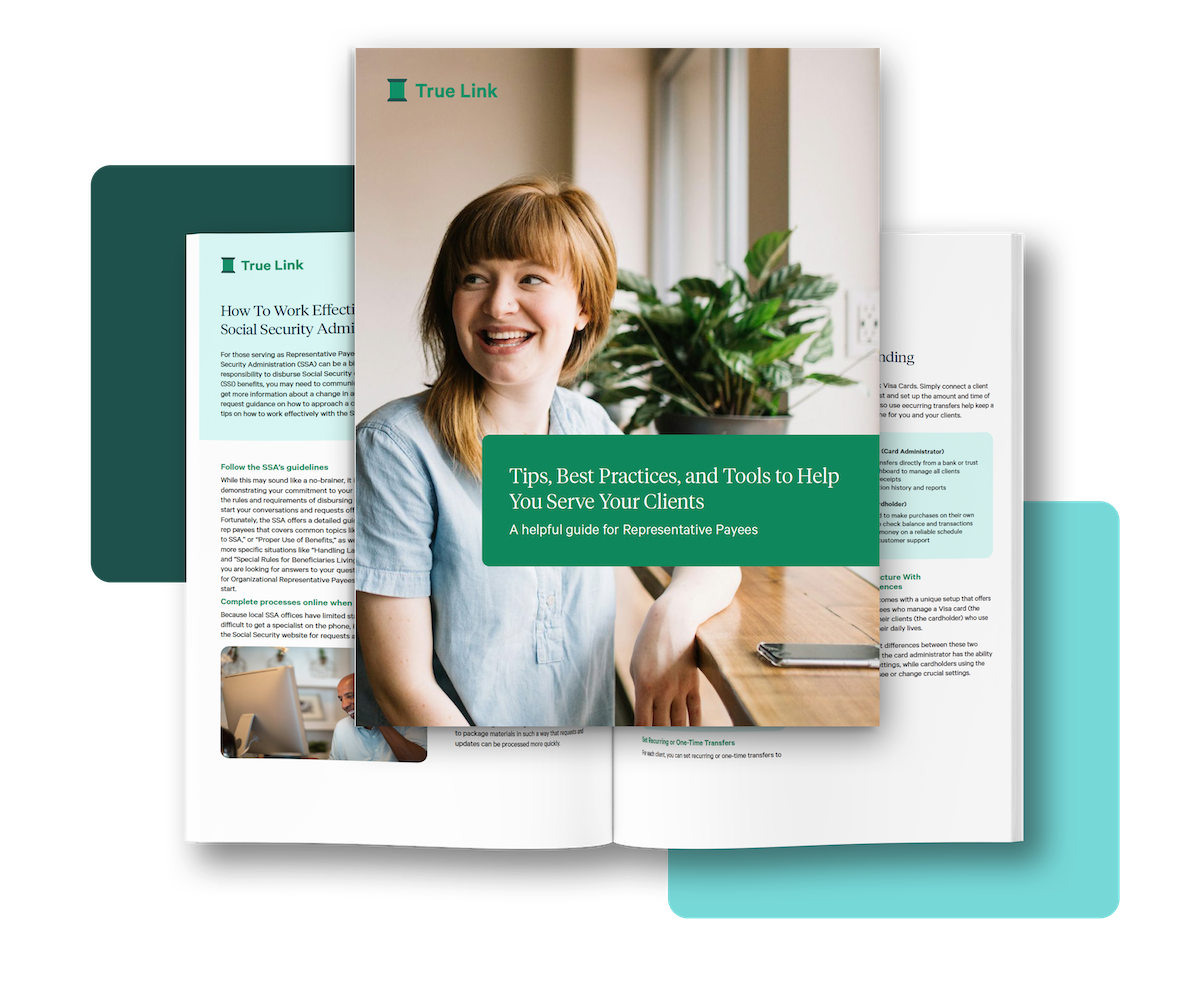3 Differences Between SSI and SSDI For Those Supporting People with Disabilities
3 Big Differences Between SSI and SSDI
If you're caring for a loved one with a disability, understanding government benefit programs can be overwhelming – especially when programs have similar names but serve very different purposes. Two of the most common programs you may come into contact with are Supplemental Security Income (SSI) and Social Security Disability Insurance (SSDI).
Though both are administered by the Social Security Administration and support people with disabilities, they differ in eligibility, benefit amounts, and healthcare coverage. Here’s an overview of how these programs work and what families should know.
SSI vs. SSDI: The Basics
Supplemental Security Income (SSI) is a needs-based program. It provides monthly support to people who are elderly, blind, or disabled and have limited income and assets.
Social Security Disability Insurance (SSDI) is an earned benefit, based on a person’s work history and contributions to Social Security – not their current income or financial resources.
1 Differences in eligibility requirements
To qualify for SSI, a person must:
- Be age 65 or older, blind, or have a qualifying disability
- Have very limited income and assets (generally under $2,000 for an individual)
- Be a U.S. citizen or meet certain immigration requirements
For children under 18, a parent’s income and assets are also considered, but once the child turns 18, only their own financial resources are counted – even if they live at home.
To qualify for SSDI, a person must:
- Have a disability that meets the SSA’s definition
- Have worked and paid into the Social Security system (typically for at least 10 years)
There’s an exception for individuals who became disabled before age 22 – in that case, they may qualify based on a parent’s work record, not their own. These benefits are sometimes called Disabled Adult Child (DAC) benefits.
Note: Both programs use the same medical criteria to determine disability. This evaluation looks at whether the person is capable of “substantial gainful activity.”
2 Benefit amounts paid by each program
SSI offers a fixed monthly benefit for those who are eligible. In 2025, the maximum federal amount is $967/month for individuals, though this can vary slightly by state. Because SSI benefits are needs-based, monthly payments can be impacted by other income the recipient receives, whether from work or other sources.
Because SSDI is an earned benefit, the payout varies by individual and is dependent on the individual’s past earnings (or that of their parent), how much they (or their parent) paid into Social Security, and their family situation. In 2025, the maximum monthly SSDI benefit for an individual is $4,018 but most SSDI recipients receive less than the maximum – the average in 2025 is approximately $1,580 per month. SSDI is not affected by other unearned income, though some earned income limits may apply if the person returns to work.
Note: If you’re serving as the trustee of a Special Needs Trusts, here are some additional considerations about maximizing a beneficiary’s public benefits.
3 Access to health coverage
SSI and SSDI recipients may receive government-funded health care based on their disability.
Those who receive SSI automatically get health care coverage through the Medicaid system immediately upon qualifying for SSI. Medicaid is a joint state and federal health care program that typically provides comprehensive coverage for its beneficiaries.
SSDI recipients become eligible for Medicare, but there’s a two-year waiting period after SSDI eligibility begins. And while Medicare covers routine hospital services and other primary medical care, it is not considered to be as comprehensive as Medicaid.
Note: A person receiving SSDI with low income might also qualify for SSI. In these cases, they may become eligible for both Medicare and Medicaid. Here is more information about benefits you may be able to receive alongside SSDI.
Important considerations for families
Because Supplemental Security Income (SSI) and Social Security Disability Insurance (SSDI) have different rules, eligibility requirements, and triggers, it’s important for families to revisit program eligibility at key milestones. A person with a disability may qualify for one program at a certain stage in life, then become eligible for another based on changes in age, income, or a parent’s work status. Understanding when to reassess benefits can ensure your loved one receives the maximum available support.
Here are a few examples of when eligibility may shift:
- When a child with disabilities turns 18, their SSI eligibility is based only on their own income and assets, which often makes them newly eligible even if they weren’t before.
- An adult who starts on SSI may later qualify for SSDI if a parent retires, becomes disabled, or passes away. This is common for adult children with lifelong disabilities.
- A child under 18 may also receive SSDI as a dependent if a parent is receiving disability or retirement benefits, based on the parent’s work record.
While SSI and SSDI are both critical safety nets for individuals with disabilities, they operate in different ways. Understanding which program applies to your loved one's situation – and how to qualify – can help you make informed decisions about their financial and healthcare future.
The information provided herein is for general informational purposes only and should not be construed as caregiving, financial, investment, tax, or legal advice. Always consult the appropriate advisor for your specific situation.











